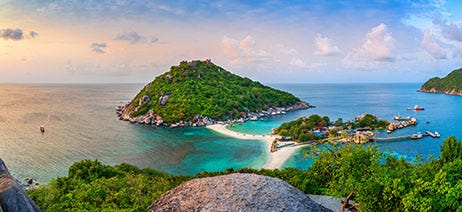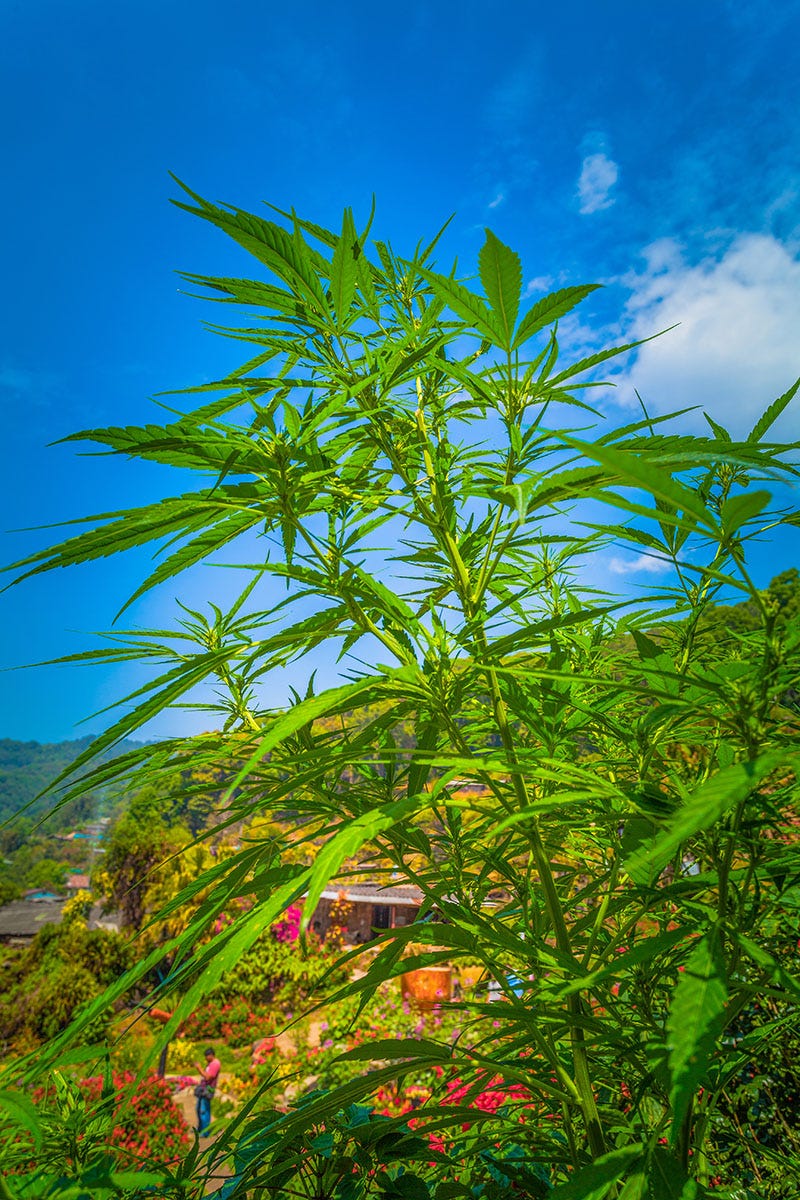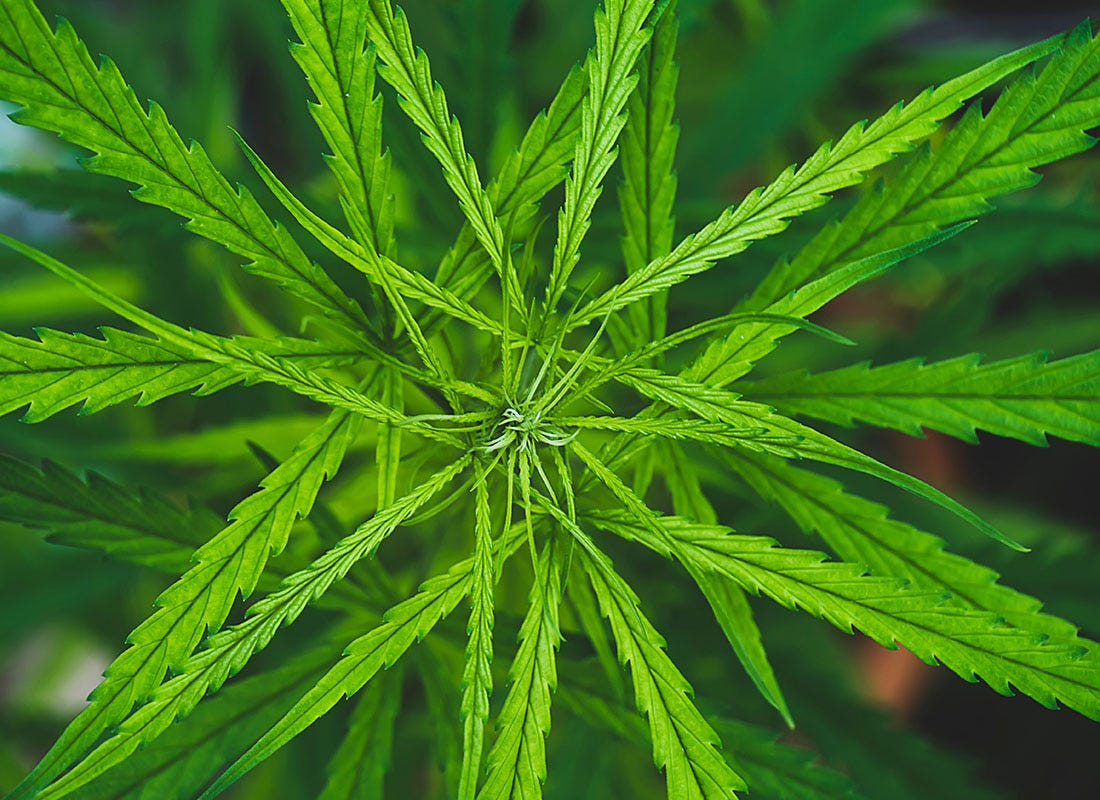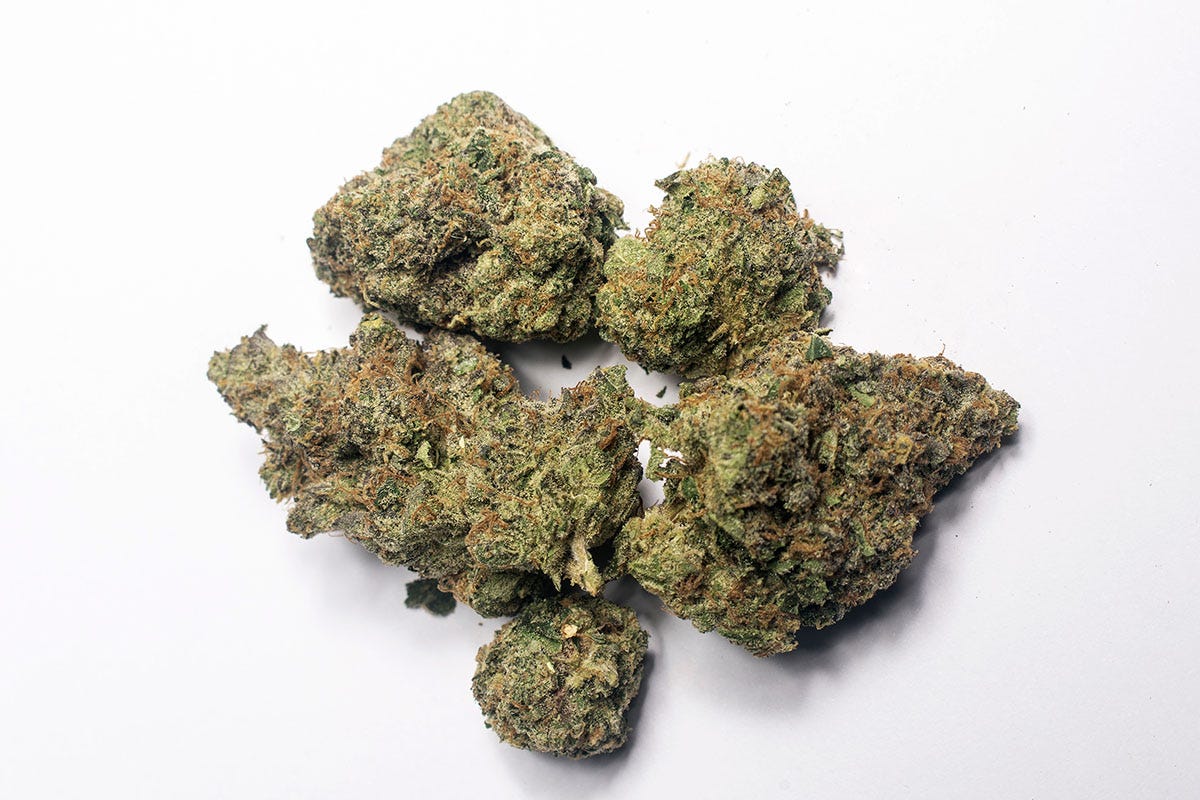
Thai Landrace Strains: Thai Stick & Other Native Sativas
When it comes to quality and history, it’s hard to beat the Thai landrace strains. These strains have been cultivated for hundreds of years. In this guide, we’ll share everything you need to know about landrace strains from Thailand and Southeast Asia, including:
- Intro to Thai Landrace Strains
- The History of Thai Landrace Strains
- Popular Types of Thai Landrace Strains
Intro to Thai Landrace Strains
You might think that if it’s called Thai Landrace strain, that means it hails exclusively from Thailand, like other landrace strains named after their regions. The truth is, Thai landrace is a name given to the landrace sativa marijuana grown throughout Southeast Asia, including Thailand. Because of its rich history of seed cultivation and care, Thai landrace strains are considered to be some of the finest landraces in the industry.1


The History of Thai Landrace Strains
We aren’t exactly sure where Thai landrace strains first took root, but we do know that the people of Laos have a long history of both breeding, growing, and producing cannabis. In fact, much of the landrace marijuana in Thailand itself is cultivated by Laotian farmers.
Thai landrace strains became popular in the United States when seeds were brought over by soldiers during and after the Vietnam War. In fact, it was the soldiers that gave the marijuana the name “Thai Sticks” because the flower was tied to and carried around on bamboo sticks.2 During the 1960s and 70s, Thai landrace was known for growing well from spring through summer—prime outdoor growing months—leading to the market being flooded with Thai landrace during those seasons. These days, while it’s not impossible to find Thai landrace on the West coast in particular, you’re more likely to find the hybrids created from the parent Thai landrace than the landrace itself.1


Popular Types of Thai Landrace Strains
While there are a few different Thai landrace strains out there, the truth of it is that they’re quite rare. They’re so rare, in fact, that if you happen to walk into a dispensary and find Thai landrace on the shelves, you should purchase it and fast because it’s not going to stay there for long.3 Here are a few strain names to keep your eyes open for during your next visit:
Thai aka Thai Stick or Thailand
Sativa
Like with Jamaican, a collection of Jamaican landrace strains, Thai is actually a collection of landrace strains that all hail from Thailand and Southeast Asia. These pure sativa strains earned the name Thai Stick because cannabis farmers would tie the flower they harvested onto bamboo sticks and dry them. The Thai strains tend to be high in THC, roughly 20%-24%, and they have a citrus scent and smell. While this strain is pretty easy to find on the West coast, you’ll be lucky if you find it anywhere else in the states.4


Chocolate Thai
Sativa
At one point, Chocolate Thai was also called Thai Sticks, that is, until it was recognized as its own unique strain. The Chocolate Thai strain is still 100% sativa, but it has a much more moderate THC level of 12-16%, making it friendly for cannabis enthusiasts and newbies to the industry. It’s likely no surprise why Chocolate Thai gets its name—it has a rich, spicy, nutty chocolate flavor with just enough sweetness to make this bud feel like an indulgence.5
Wild Thailand or Wild Thai
Sativa
Wild Thai is a descendant of the Thai landrace strains, and like its parent strain, it’s 100% pure sativa. Depending on the breeder, the Wild Thailand strain can have anywhere from a low 9% THC to a high 23% THC, so make sure to read your packaging when you pick it up at a dispensary. Wild Thai is popular for its sour berry flavor mixed with earthy notes.6


Purchasing Thai Landrace Strains
While we’ve mentioned that Thai landraces aren’t easy to find, that doesn’t mean you shouldn’t look for them! Dispensaries across the country are getting in new product every day, and if you don’t find any near you, there’s always ways to enjoy a bit of cannabis tourism on the west coast where you’re more likely to find it. If you want some Thai landrace premium flower, head over to your local dispensary and ask a budtender. At the very least, they should be able to point you to some hybrids that hail from these quality Southeast Asian landraces.
Sources:
1. “Thai,” CannaConnection, https://www.cannaconnection.com/strains/thai
2. “Thailand: Southeast Asia's 'weed wonderland’,” BBC, April 29, 2023, https://www.bbc.com/news/world-asia-65345274
3. “Chocolate Thai,” Leafly, https://www.leafly.com/strains/chocolate-thai
4. “Thai Stick Marijuana Strain,” Allbud, https://www.allbud.com/marijuana-strains/sativa/thai
5. “Chocolate Thai Marijuana Strain,” Allbud, https://www.allbud.com/marijuana-strains/sativa/chocolate-thai
6. “Wild Thailand Marijuana Strain,” Allbud, https://www.allbud.com/marijuana-strains/sativa/wild-thailand


